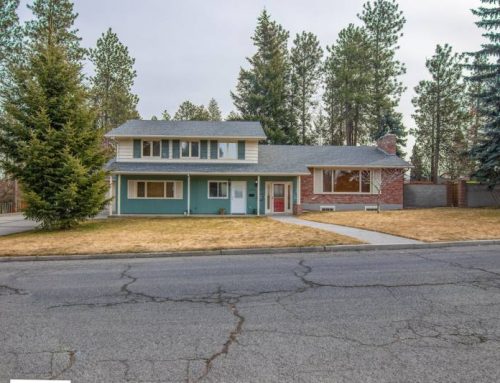Are you trying to decide between reroofing or replacing your roof? It can be a difficult decision, and there are many factors to consider.
The roof is an essential part of any structure; it provides a layer of protection from the weather and prevents water or moisture from entering the building. Replacing a roof can be tedious and expensive. Reroofing is an effective solution for restoring the condition of an aging roof, but how do you decide if it is the right choice for your home or business?
In this article, we will discuss the differences between reroofing and replacing a roof, as well as when each option makes the most sense. We’ll also take a look at the costs associated with both approaches so that you can make an informed decision about which one best fits your needs.
What Is Reroofing?
Reroofing is the process of installing a new roof over an existing roof. This process can be used to extend the life of an existing roof, or to replace a damaged or aging roof. Reroofing can also be used to change the style or color of a roof without having to completely tear off and replace the entire structure.
Reroofing is typically less expensive than a full roof replacement, as it does not require the removal of the existing roof.
The Pros of Re-Roofing
- Cost-effective: Reroofing is typically less expensive than a full roof replacement, as it does not require the removal of the existing roof.
- Quicker installation: Since the existing roof does not need to be removed, reroofing can be completed in a shorter amount of time than a full roof replacement.
- Environmentally friendly: Reroofing helps reduce waste by reusing existing materials, which can help reduce the environmental impact of roofing projects.
The Cons of Re-Roofing
- Limited lifespan: Reroofing may not last as long as a full roof replacement, as it does not address any underlying issues with the existing roof structure.
- Potential for leaks: If the existing roof is in poor condition, reroofing may not be able to address any potential leaks or other issues.
- Limited options: Reroofing may limit the types of materials and styles that can be used, as the existing roof structure must remain in place.
What Is Roof Replacement?
Roof replacement is the process of completely removing an existing roof and replacing it with a new one. This process is typically more expensive than reroofing, as it requires the removal of the old roof and disposal of materials. Roof replacement can also be used to change the style or color of a roof, but it is typically more expensive than reroofing.
The Pros of Completely Replacing the Roof
- Longer lifespan: A full roof replacement can address any underlying issues with the existing roof structure, which can help extend the life of the new roof.
- More options: A full roof replacement allows for more options in terms of materials and styles, as the existing roof does not need to remain in place.
- Improved energy efficiency: A full roof replacement can help improve energy efficiency by using more advanced materials and techniques.
The Cons of Completely Replacing the Roof
- Cost: A full roof replacement is typically more expensive than reroofing, as it requires the removal of the old roof and disposal of materials.
- Time-consuming: A full roof replacement can take longer to complete than reroofing, as the existing roof must be removed before a new one can be installed.
- Environmental impact: A full roof replacement can have a greater environmental impact than reroofing, as it requires the disposal of materials from the existing roof.
Need a Roof Inspection?
When you partner with Tristate Roofing & Remodeling, we will walk you through the process of keeping your roof in its best shape. Contact us today to get started!






